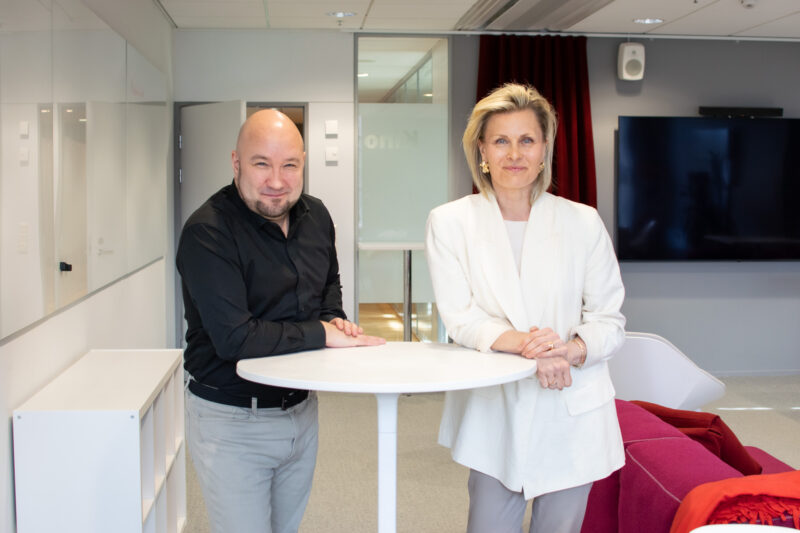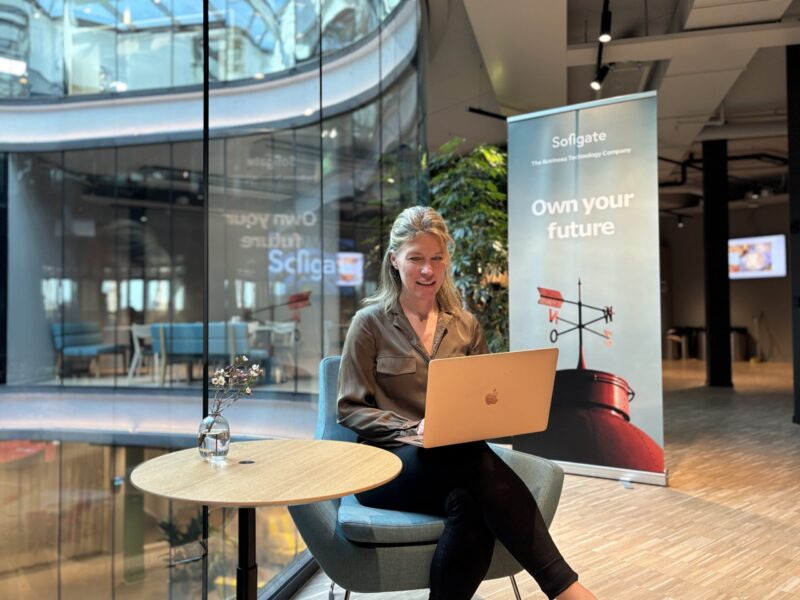Are we sub-optimising ourselves to death?
Finland is full of pseudo-efficient systems where the optimisation of one factor has led to the inefficiency of the whole. To remedy this, we need to understand the synergies of services and people’s everyday lives, Sofigate’s Markku Hugg and Ville Väärälä point out.
The doctrines of production economics and service design are well known in Finland. Our society is full of highly detailed systems where efficiency is based on the optimisation of individual processes.
In public health, for example, the central objective is often to maximise the efficiency of doctors’ time by ensuring that each doctor can see as many patients as possible during the day. This is easily justified by the shortage of doctors and their higher salary costs compared to other employees in the health care centre.
Indeed, the focus of a health centre doctor’s practice is always on a single ailment, not on the overall well-being of the patient or the prevention of disease. The patient has to make a new appointment for the other problem.
The problem, however, is that optimising the efficiency of one factor rarely produces the best outcome for the whole. When an inflexible system forces patients to book a new appointment for each of their ailments, it wastes doctors’ overall time in dealing with the basic routines and bureaucracy of visits. Other medical staff and receptionists, for example, also lose more time.
The person who suffers the most from a rigid system, however, is the person for whom the system exists: the patient. Patients often have to book several appointments and visit several doctors instead of having a single, unhurried discussion about their condition. When the system focuses on treating individual conditions, there is no time for the patient’s overall well-being, early intervention, and disease prevention – putting even more strain on the system. The human side of the equation is a separate issue. Patients rarely feel that they are individuals whose well-being is genuinely cared for. Rather, they are an output that the system wants to process as quickly as possible.
Savings in spite of costs
Public health care is full of examples of pseudo-efficiency, with an emphasis on treatment rather than prevention and walls rather than services. But healthcare is just one area where we are sub-optimising ourselves to death. Social infrastructure projects focus on short-term costs without regard for life-cycle costs. In the military, on the other hand, there is a saying that the army saves money regardless of the costs.
Although the development of services is explicitly aimed at efficiency and market orientation, the approach has similar pitfalls to the Soviet planned economy. Resources are used inefficiently, and investments are duplicated without thinking about the big picture. The calculation of short-term benefits does not take into account environmental damage, which can lead to significant additional costs later on. Innovation and creativity suffer when the focus is on specific areas rather than on developing the whole. If environmental damage is also included, the overall negative impact of sub-optimisations on the economy and GDP could be in the order of several percentage points.
And it is not just a problem for public organisations. There are also many examples of penny-pinching projects in business, where the blanket is extended by shortening it at the other end. The damage that sub-optimality does to the overall business performance of companies just doesn’t hit the headlines in the same way.
Technology on people’s terms
Digital services and automation, when used correctly, increase organisational efficiency and productivity. However, problems arise when organisations’ management structures are service-production-centric and planning methods are service-centric. In this case, technology is developed on the terms of the organisational structures and the technology itself, rather than on the terms of the whole or the people.
New management and design models are therefore needed to shape the services of society. One solution is to approach digitalisation and service design in terms of a combined effect. This is based on the understanding that no person is just a patient in a healthcare centre, for example, but an active individual who uses many different services and participates in society in many different ways. Society is not a set of disconnected activities and services, but rather a set of interlinked and interdependent themes such as health, well-being, education, the environment and the economy, which generate different value streams. Examples of such societal value streams are those of well-being and vitality.
Ageing populations and environmental crises are examples of problems that cannot be solved by optimising individual services. Fortunately, many cities have already begun to approach the design of service packages through a social design approach, where development is guided by the principles of combined effects, while taking into account the everyday lives and needs of citizens.
Social design naturally draws on the lessons of production economics and service design. But they are only tools – just like the business technology that underpins an increasing number of services, or the artificial intelligence that can make services more efficient.
Part of the whole is also an appreciation of the human perspective. The key is to remember that systems are there to serve people, not the other way around.


